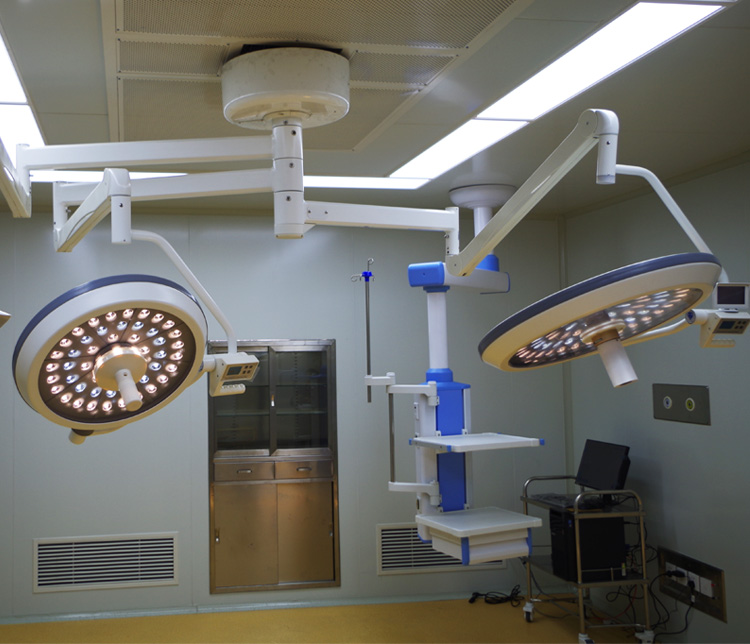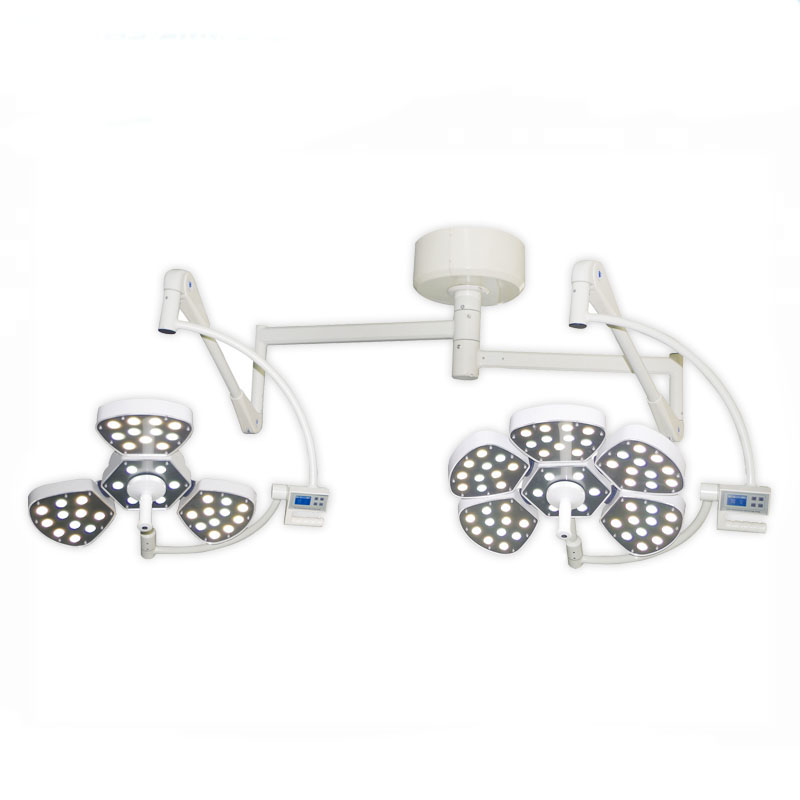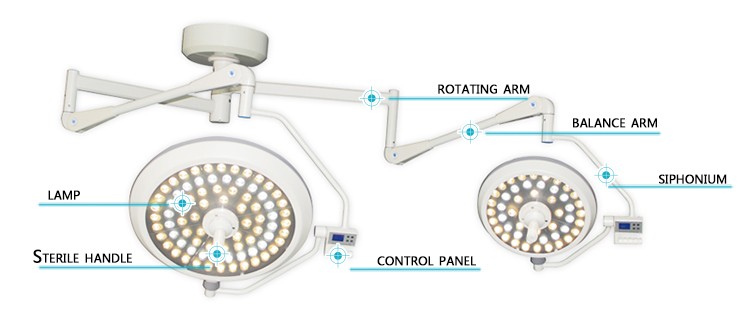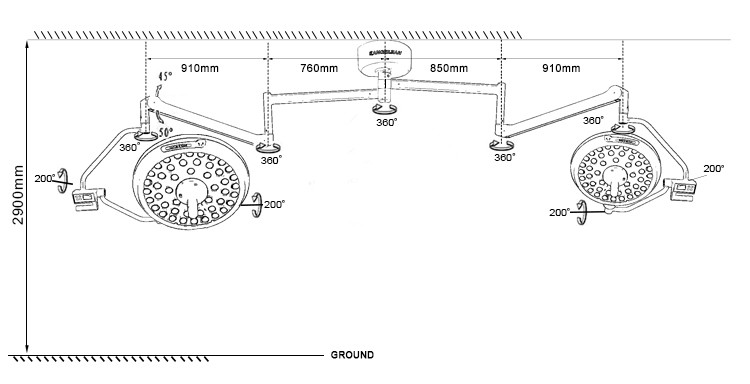The latest development of Parkinson's disease spinal cord treatment equipment in the United States
Release date: 2009-03-30
A few days ago, the latest issue of Science reported that the spinal cord electronic devices developed by American scientists could help rats with Parkinson's disease to become more active. The device is expected to treat Parkinson's disease in a less invasive way.
The team led by Mick Nicholelis, MD, of Duke University, conducted the study. The new technology transplants two extremely thin detectors into a small incision in the spine, allowing them to interact with the spinal cord. Intimate contact, then applying a current to it to deliver an electrical pulse that stimulates the peripheral nerves that transmit information between the brain and the body. Healthy human nerve cells "start" at different speeds, sending information between the brain and the body to exercise, while Parkinson's nerve cells are intermingled, suddenly "starting" at the same time, and producing dopamine (dopamine is associated with exercise) The brain cells are often "dead" and cannot produce the instructions that animals or people need for normal exercise. The current common treatment is to use dopamine replacement drugs to temporarily delay the symptoms, but not completely cure.
The researchers tested the device in mice with Parkinson's disease and also administered different doses of dopamine replacement drugs called levodopa. It was found that when the device was used together with the drug, only 2 drugs were needed to exercise the rats with Parkinson's disease; when using the drug alone, 5 drugs were needed to move the mice.
Levodopa will slowly lose its potency over time, and new equipment can prolong the time it takes for the drug to work. The researchers say the method is more effective than the currently implanted human brain technology, and it is easier to install stimuli in the spinal cord than in the brain. The research team plans to test the device on primates this year and hopes to apply it to humans in 2010.
Parkinson's disease affects approximately 1.5 million Americans and is a common central nervous system degenerative disease in middle-aged and elderly people. It is mainly characterized by slow patient movements, tremors in the hands and feet or other parts of the body, loss of softness in the body, and muscle stiffness. It is second only to tumors, cardiovascular and cerebrovascular diseases, and is called the “third killer†and “chronic cancer†of middle-aged and elderly people.
Shanghai Medical Device Industry Association


Germany imported beads
Imported French lens
mould Die-casting Eight edge type Revolving arm
Optional emergency power supply≥3 hours


1)Ideal cold light effects
Using the new LED cold light source, ensure energy saving and environmental protection and long service life up to 80,000hours and more.
The temperature increase of surgeon`s head below 1℃. LED do not engender infrared ray and ultraviolet radiation, without the temperature
rise and tissue damage caused by halogen shadowless light, also it can accelerate the wound healing after surgery, and without Radiation pollution.
With color temperature constant and soft, LED is very close to the sunshine.
1) Excellent shadowless effect
Lamp with the most scientific radian and Multi point light source design, ensure better uniform illuminance. When the lamps are partially occluded,
also can achieve perfect shadowless effect.Lamp panel radius of gyration ≥182cm, the lamp can be pulled to vertical floor, convenient to any angle illumination.
2) Excellent deep lighting
It is based on modularize method by Computer Aided Design, focused to irradiating with more beams of LED. It produces the deep lighting which beams
more than 1200cm,the illumination of center up to 180,000Lux or more, and offer the color temperature that can be adjusted from 3700K to 5000K which
is close to sunshine. Absolutely, it really reflects the color of human tissue and satisfied by all kinds of operating light needs.
3) Advanced control system
The use of liquid crystal display button control, to meet the needs of the medical staff of different patients with the brightness of the operation.
It offers illuminance memory function.
It does not effect using when a single circuit or one bulb is broken.
4) Universal suspension system
Rotating arm, a new type of alloy material is made of eight edge type.
Balanced system using imported arm module, more than 5 group universal joints, every cantilever must has more than 3 joints which can be rotated in 360°,
The structure is light, easy to manipulate, accurate positioning, can provide the maximum range of regulation.The equipped with fatigue correcting unit and
fix position hand handle device, easy to fix position after long time use.
5) Modern laminar lamp
The thickest part of lamp-chimney is not more than 10cm.
The lamp-chimney is made of ABS, The handle on the central of lamp can be detachable, can take high temperature (≤ 134°C) sterilization treatment,
easily adjust, flexible fixed.
Double Dome LED Operating Light,Double Dome Surgery Operating Lights,Operation Theatre Lights,Surgical Examination Light
Shandong Kang'erjian Medical Technology Ltd. , https://www.operatingtable.nl